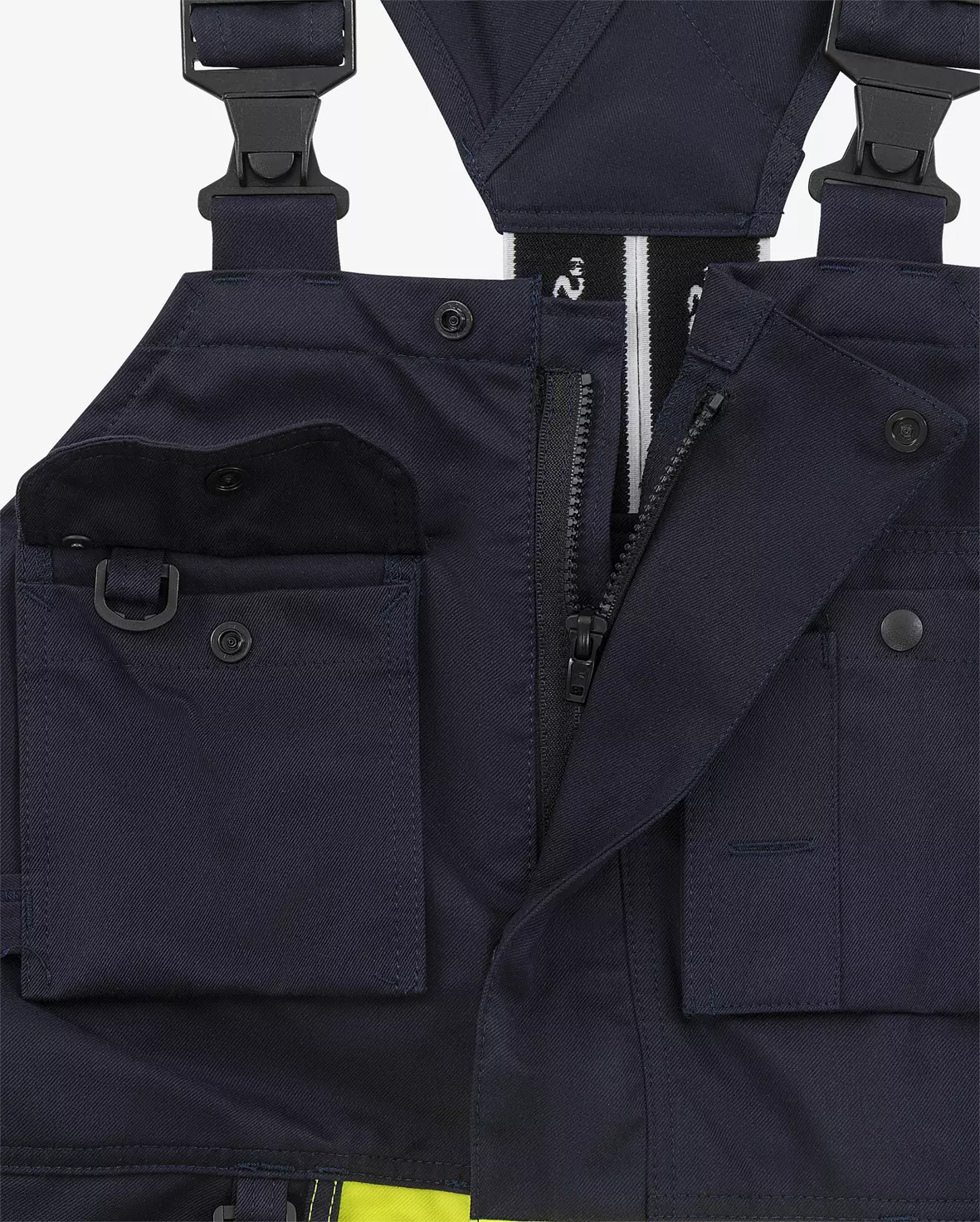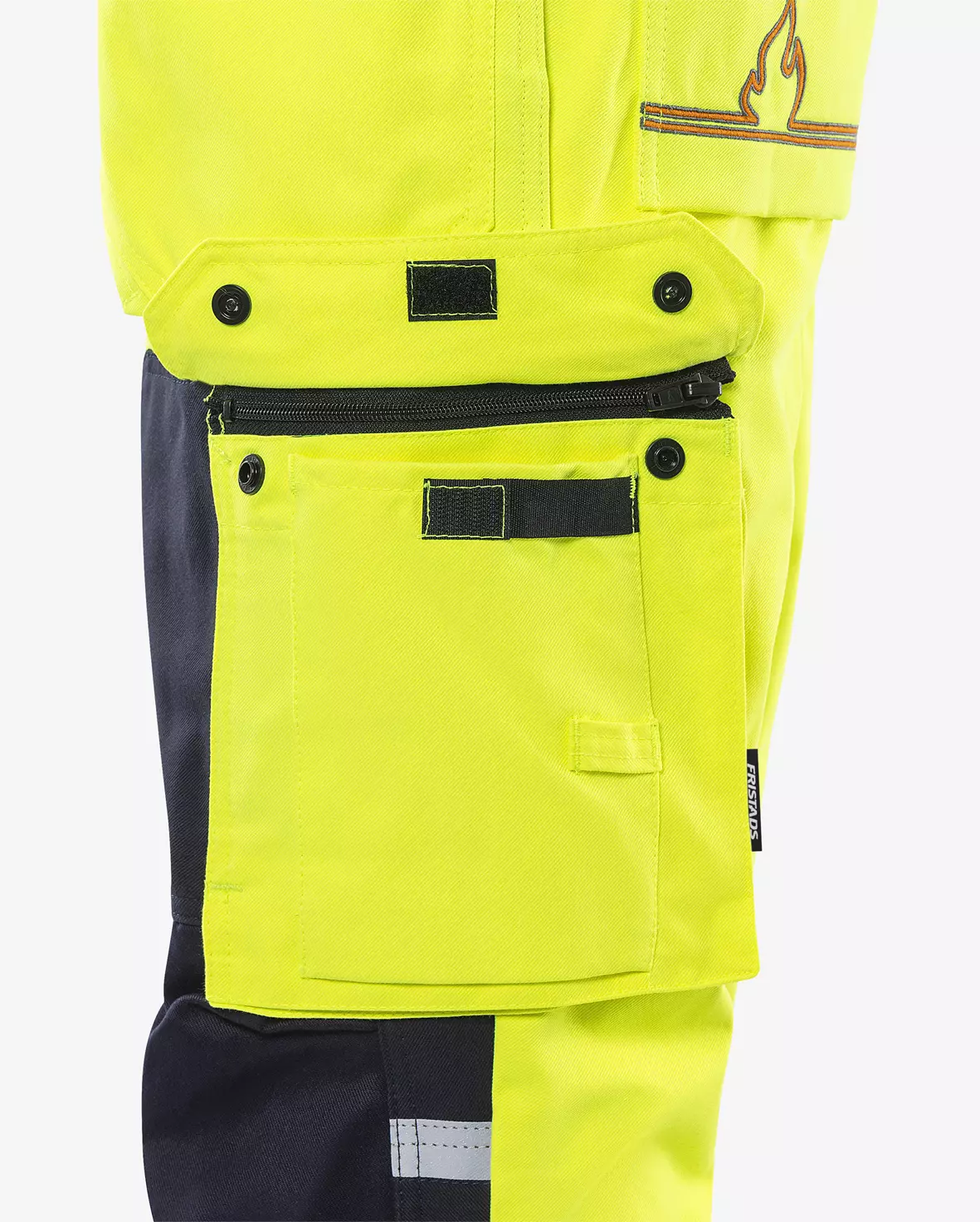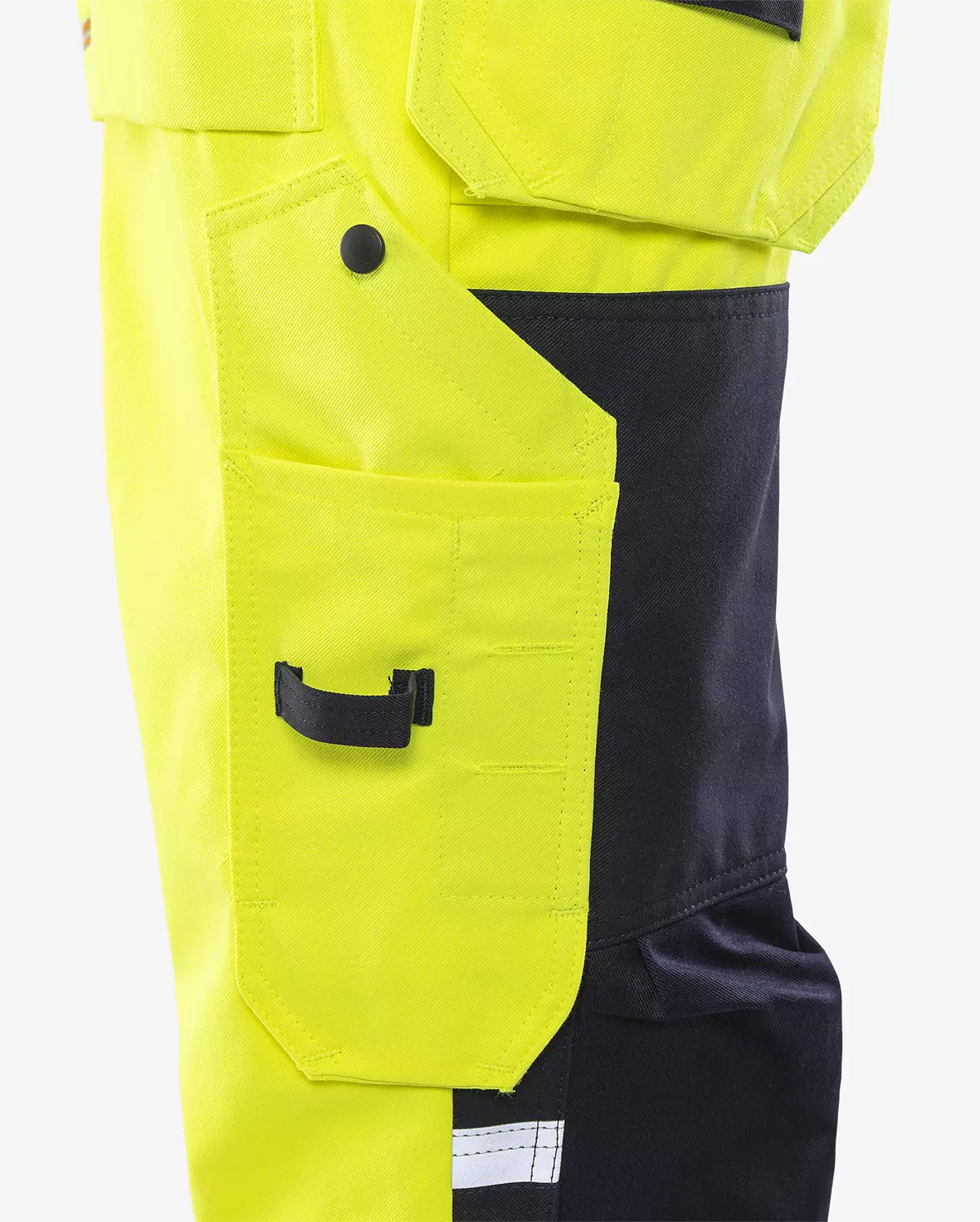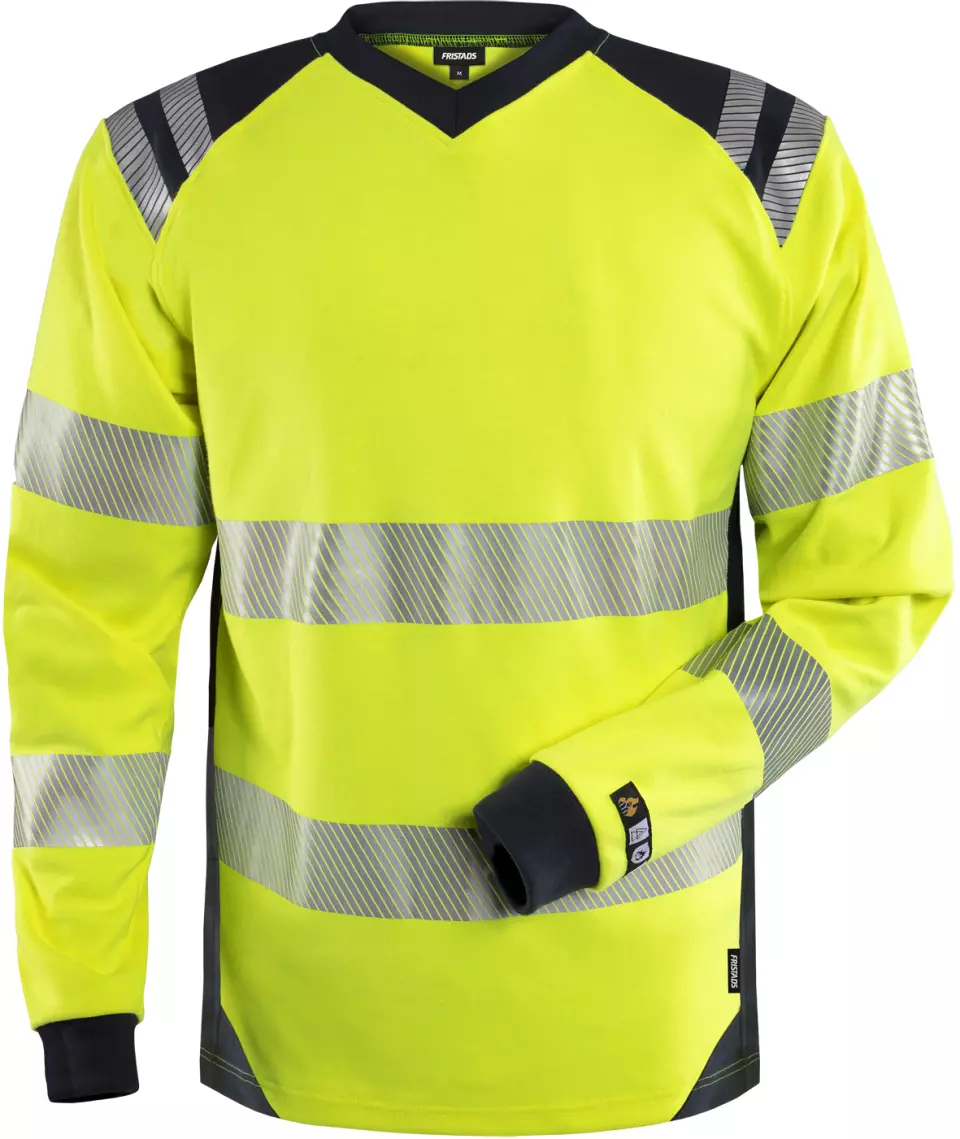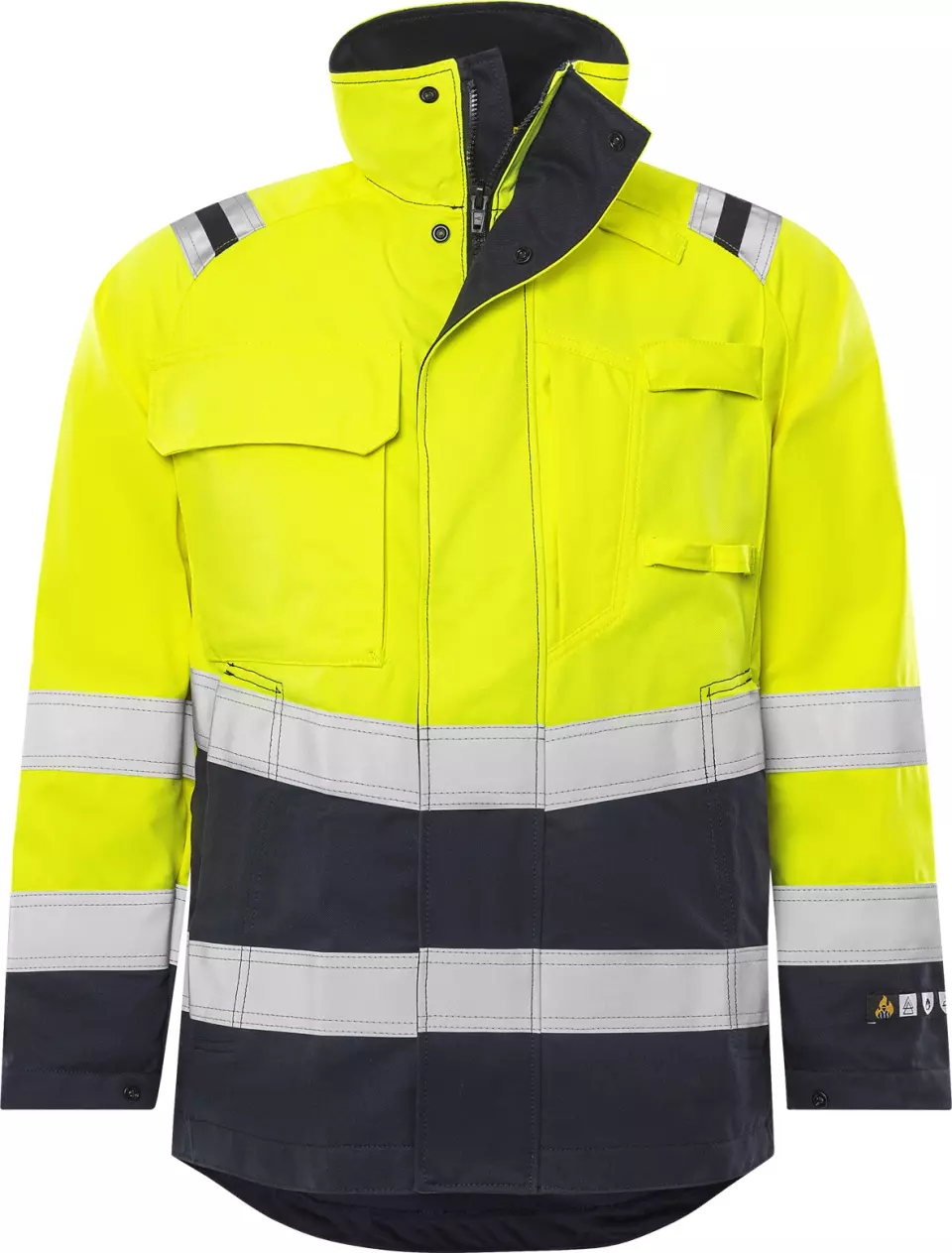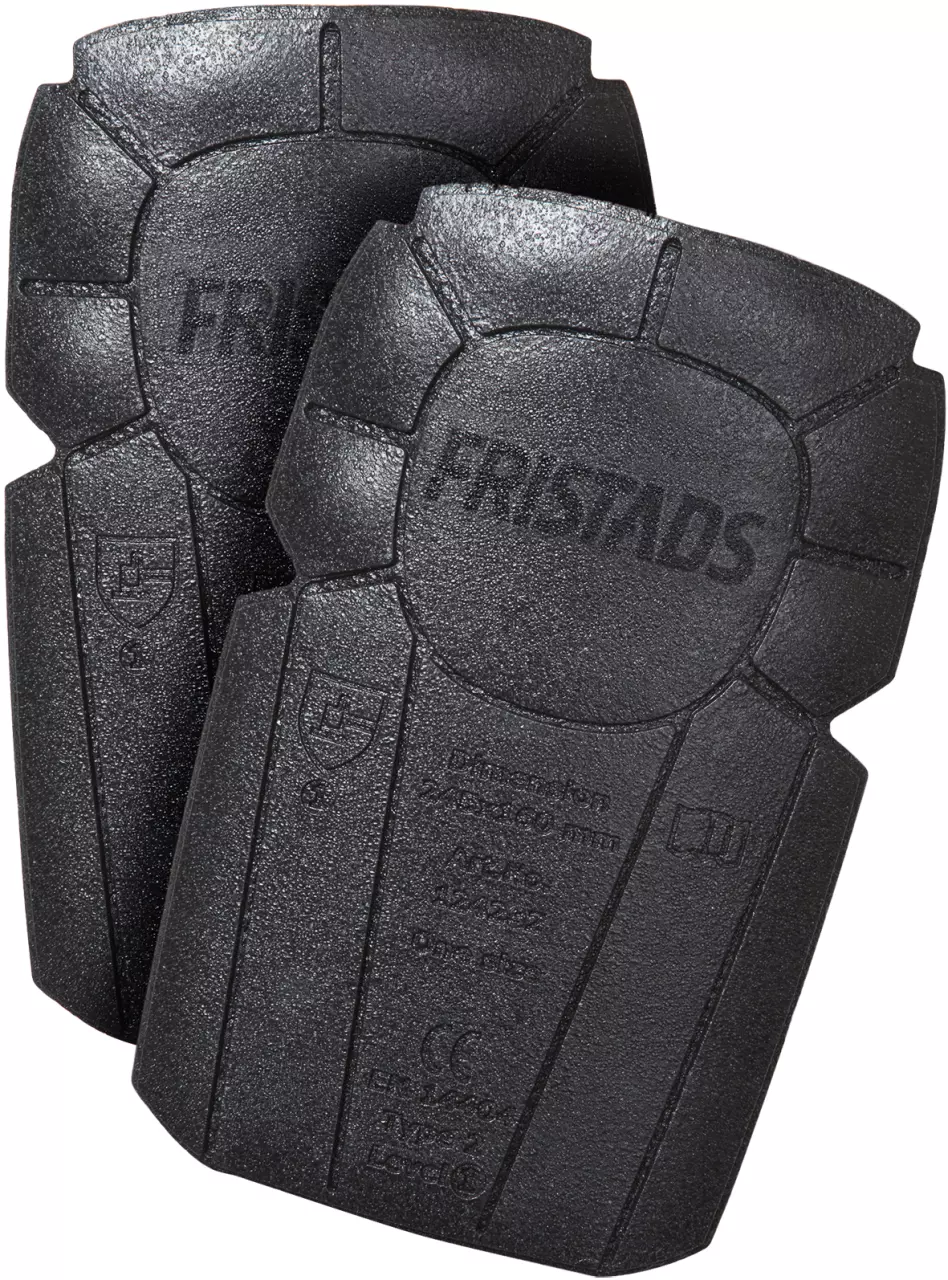


Features You'll Love
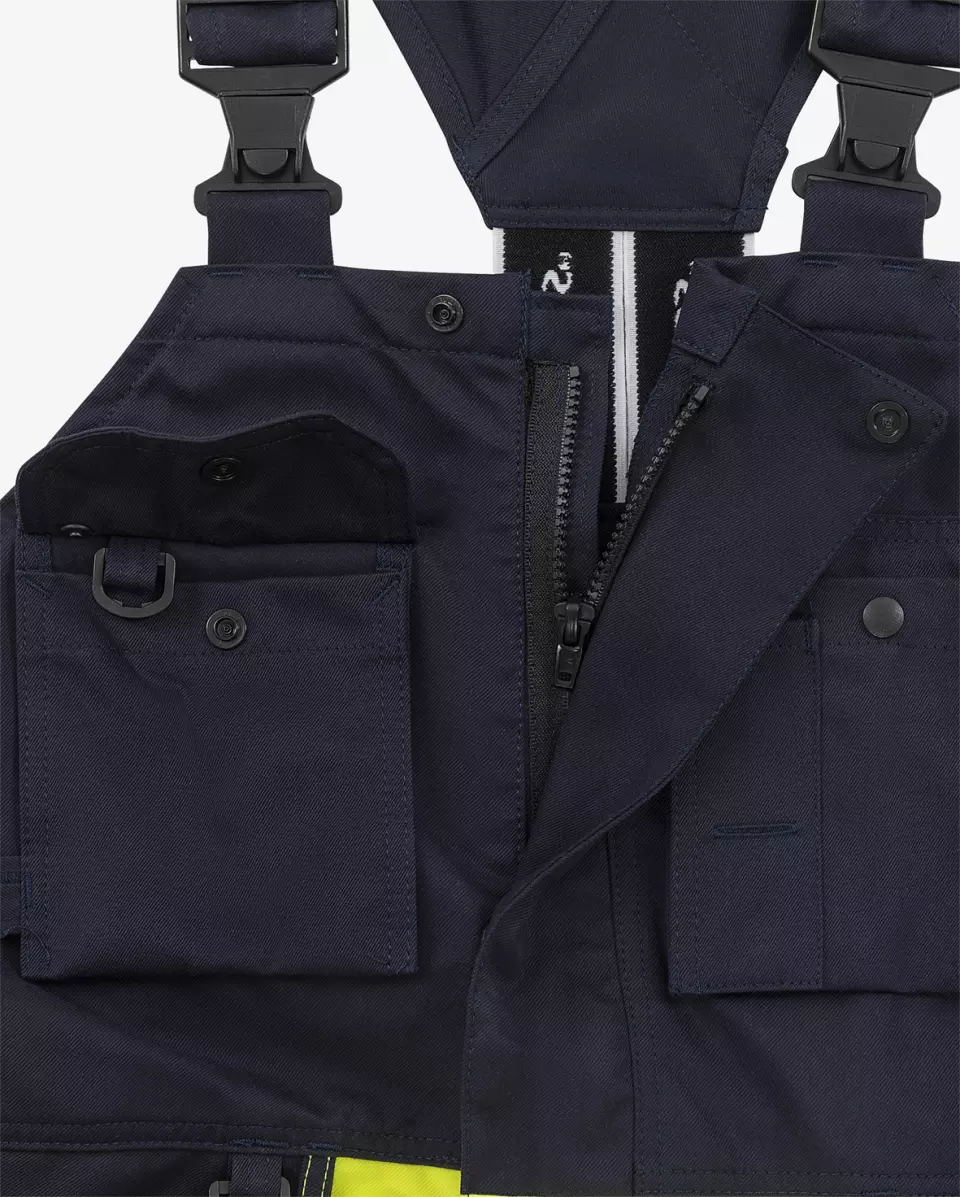
Closure Style · Snap Buttons
Snaps provide quick, secure access to your essentials, ensuring items stay put while you work.
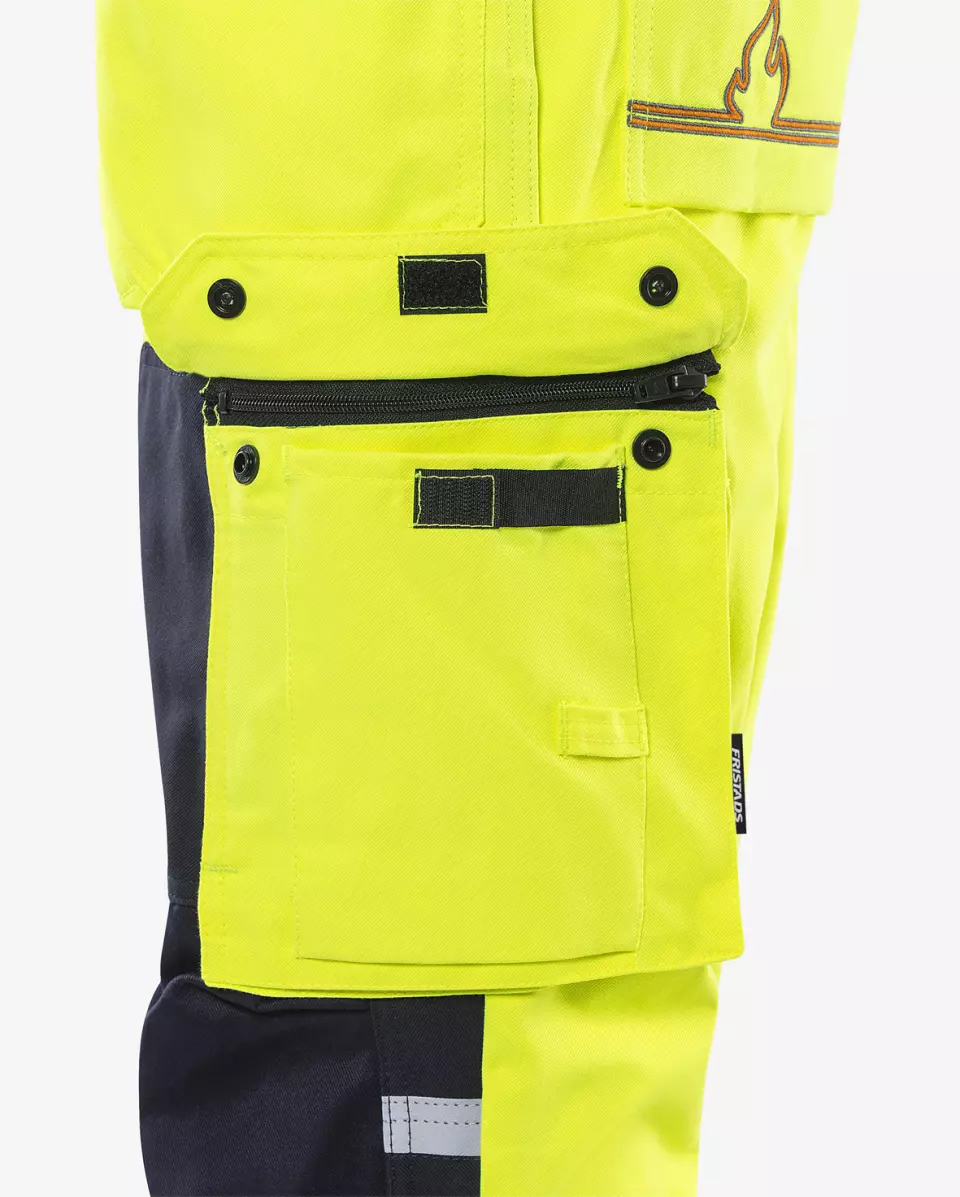
Pocket System · Phone Pocket
Keep your phone secure and easily accessible, ensuring it's safe and always within reach on the job.

EN ISO 20471 · Reflective Strip Area Grade 2
Provides an intermediate level of visibility for use in moderate-risk environments. This makes you more visible day and night to traffic moving at speeds up to 60 km/h, ideal for road work or delivery drivers.
Fristads
Flamestat High Vis Bib Overall Class 2 1075 ATHS
Flamestat High Vis Bib Overall Class 2 1075 ATHS
5 / 5
319,61 €
Choose size
Free delivery
Features You'll Love

Closure Style · Snap Buttons
Snaps provide quick, secure access to your essentials, ensuring items stay put while you work.

Pocket System · Phone Pocket
Keep your phone secure and easily accessible, ensuring it's safe and always within reach on the job.

EN ISO 20471 · Reflective Strip Area Grade 2
Provides an intermediate level of visibility for use in moderate-risk environments. This makes you more visible day and night to traffic moving at speeds up to 60 km/h, ideal for road work or delivery drivers.
Product description
This flame-resistant high-visibility bib overall class 2 offers comprehensive protection for demanding work environments with arc and flame hazards. The dirt, oil and water repellent construction with CORDURA® reinforcements at critical points ensures durability and functionality. With pre-shaped knees, height-adjustable knee pad pockets and numerous practical pockets, it is optimally designed for manual activities. The bib overall meets several international safety standards and is certified after 50 washes.\n\nProduct Features:\n- Dirt, oil and water repellent\n- Front pocket opening with continuous two-way front zipper and concealed snap fastener strip\n- 2 loose chest pockets with snap fastener strip, one pen pocket, D-ring and 2 buttons and loops for utility knife\n- Elastic suspenders\n- Pre-shaped knees with CORDURA®-reinforced knee pockets and inner opening\n\nTechnical Details:\n- Material weight: 300 g/m²\n- Body zone: Full body\n- Co-brand name: CORDURA®\n- Season: Year-round\n- Height adjustment for knee pads in knee pocket\n\nStandards:\n- EN 14404 in conjunction with knee pads 124292\n- EN 61482-1-2 APC 1\n- EN 61482-1-1 ELIM: 9 cal/cm²\n- EN ISO 11612 A1 A2 B1 C1 F1\n- EN 1149-5 and EN ISO 20471 Class 2\n- Fabric approved according to EN 13034\n- Certified after 50 washes\n- Industrial laundry tested according to ISO 15797\n- OEKO-TEX® certified

